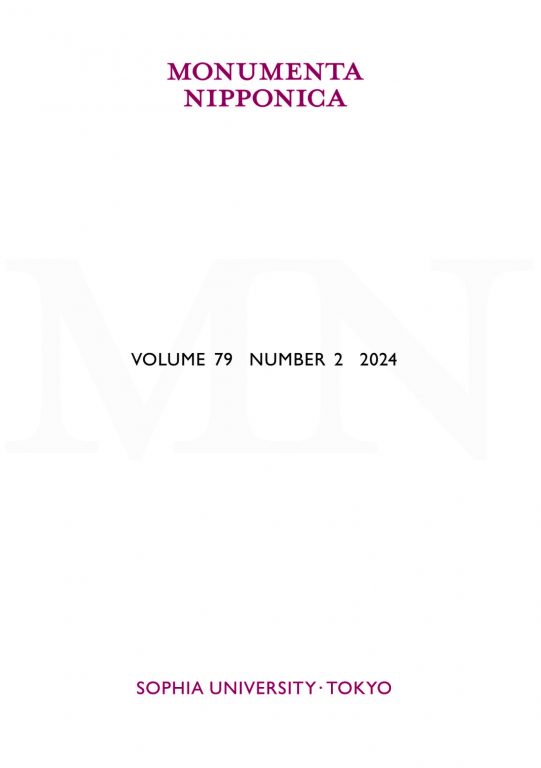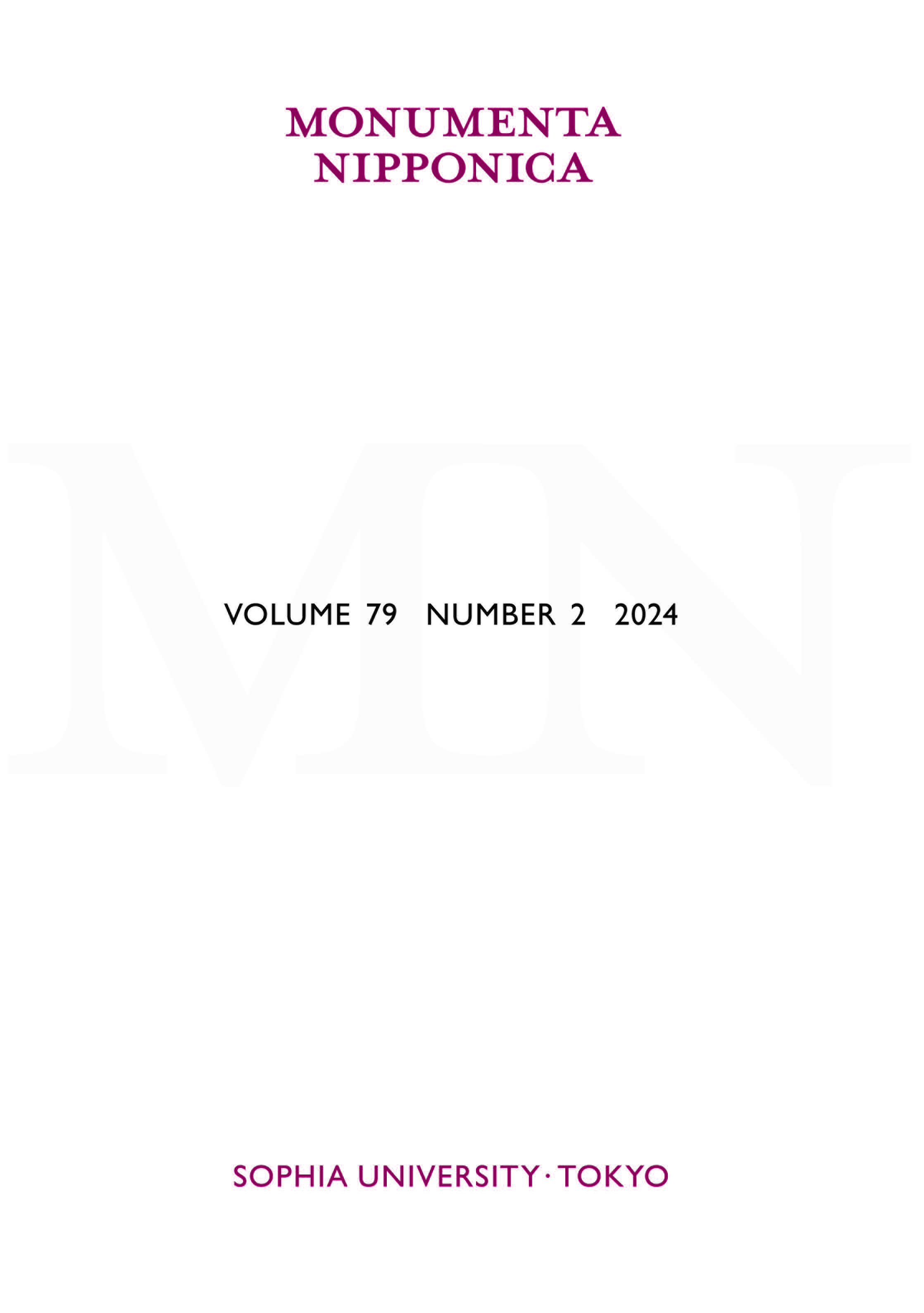Taming Dance in Meiji and Taishō Japan: Bon Dance Regulations, “Home Dance,” and the Creation of National CultureMargaret Mehl
MN 79:2 (2024) pp. 215–51
The role of music and dance in the creation of the modern Japanese nation-state has yet to be fully appreciated. Dance was among the many areas of social activity in which the Japanese encountered different attitudes and practices after the forced opening of the country to Western powers. Concern about Western contempt for the allegedly immoral ways of the Japanese people, as well as the elite’s contempt for the practices of the common people, led to regulation and prohibition of customs deemed offensive—including, in the 1870s, the dances associated with the Bon festival. Meanwhile, Western-style ballroom dancing was introduced as part of a “Western civilization” (seiyō bunmei) package, but it, too, acquired a dubious reputation. Borrowing heavily from bon odori, the reform-oriented musicologists Tanaka Shōhei and Tanabe Hisao devised sō odori (communal dancing), which they intended as a more appropriate social and leisure activity for middle- and upper-class families. The form, later renamed katei odori (home dance), attracted significant media attention in the 1920s, although its actual dissemination is hard to gauge. The current article examines these attempts to regulate bon odori and its reinvention as katei odori, arguing that both of these efforts were part of a broader agenda for reforming social life and, moreover, exemplified the process of creating a democratic national culture that could be shared by all members of the nation. The article also discusses the dances as examples of how elements of common culture, despised and condemned by the social elite in the early Meiji period, were rehabilitated and transformed into cultural assets.

